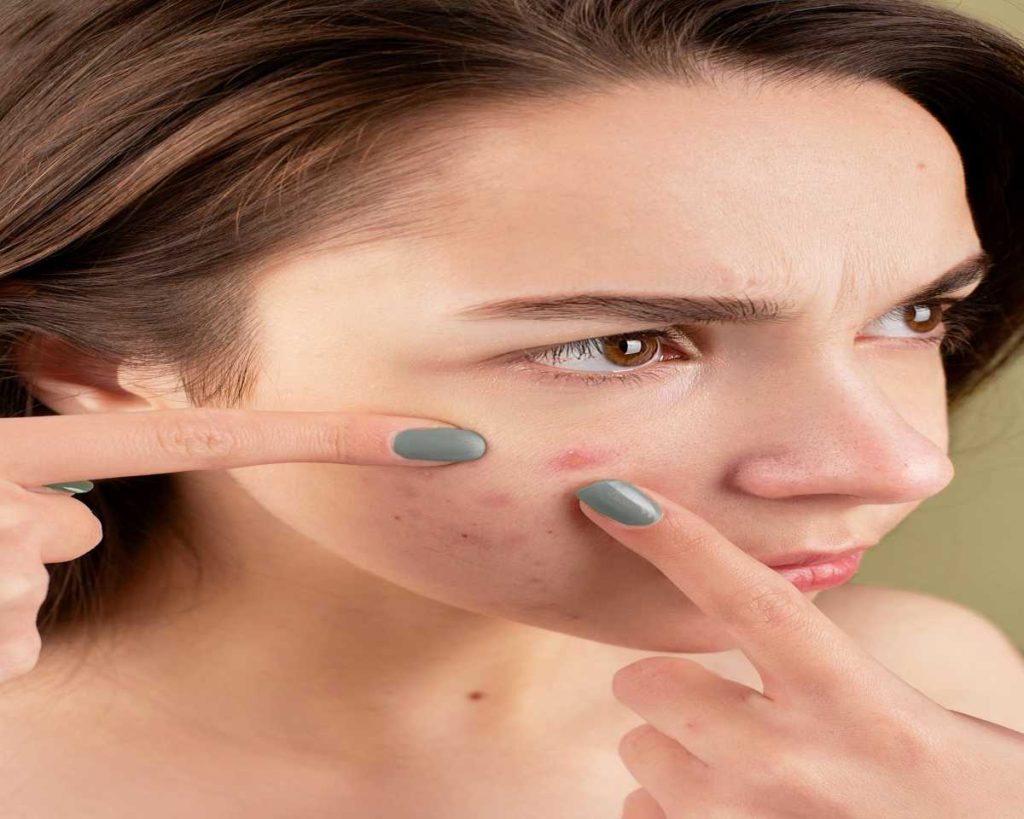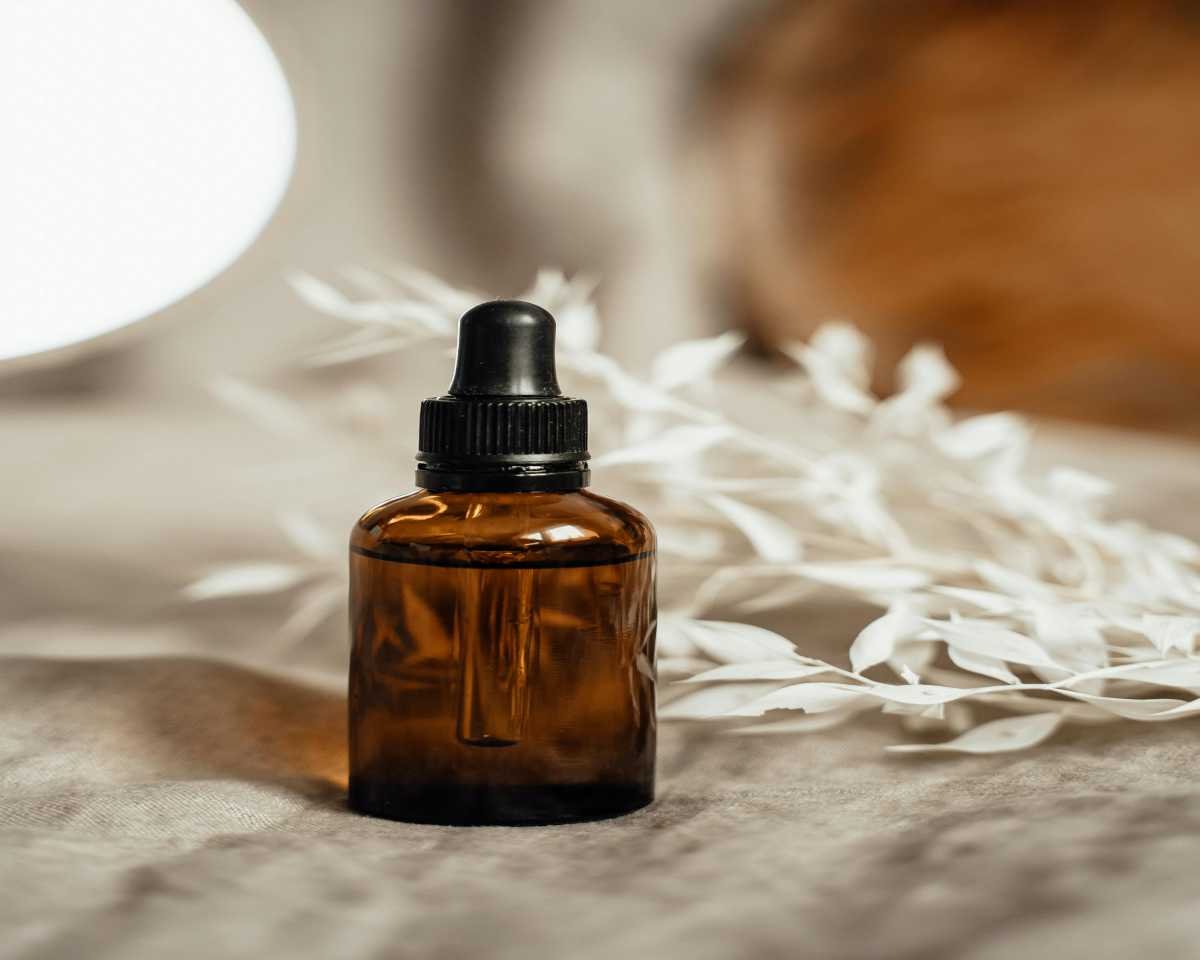Acne is a common skin condition that affects many individuals, often leading to frustration in finding the right treatment. With a plethora of natural oils touted for their skin benefits, sesame oil has emerged as a contender in the skincare realm. But is sesame oil really good for acne? Let’s explore its properties, benefits, and how to use it effectively.
What is Sesame Oil?
Sesame oil is derived from the seeds of the sesame plant (Sesamum indicum). It’s commonly used in cooking, particularly in Asian cuisines, but its use extends beyond the kitchen. The oil is rich in essential fatty acids, antioxidants, vitamins, and minerals, making it a popular choice for both culinary and cosmetic applications.
Properties of Sesame Oil
- Antioxidant-Rich: Sesame oil contains antioxidants like sesamol, sesamin, and vitamin E, which can help combat oxidative stress on the skin, reducing inflammation and promoting healing.
- Anti-Inflammatory: The anti-inflammatory properties of sesame oil can help soothe irritated skin and reduce redness associated with acne.
- Moisturizing: This oil is an excellent emollient, providing hydration without clogging pores, which is crucial for maintaining healthy skin.
- Antimicrobial Properties: Some studies suggest that sesame oil possesses antimicrobial properties that can help inhibit the growth of acne-causing bacteria.

Benefits of Using Sesame Oil for Acne
- Reduces Inflammation: Due to its anti-inflammatory properties, sesame oil can help reduce the swelling and redness associated with acne lesions.
- Promotes Healing: The antioxidants in sesame oil may aid in the healing of acne scars and prevent the formation of new blemishes by promoting cell regeneration.
- Hydrates the Skin: Keeping the skin well-moisturized can prevent excessive oil production, which is often a trigger for acne breakouts. Sesame oil can provide moisture without overwhelming the skin.
- Balances Skin Oils: Sesame oil can help balance the skin’s natural oil production, making it suitable for both dry and oily skin types.
How to Use Sesame Oil for Acne
If you decide to incorporate sesame oil into your skincare routine, here are a few methods to consider:
- Direct Application:
- Patch Test: Before using sesame oil on your face, perform a patch test on a small area of skin to check for any allergic reactions.
- Apply Sparingly: Using a clean cotton swab, apply a small amount of sesame oil directly onto the affected areas. Leave it on for about 30 minutes before rinsing with warm water.
- As a Moisturizer:
- Mix a few drops of sesame oil with your regular moisturizer to enhance its hydrating properties without clogging your pores.
- In Combination with Other Ingredients:
- Blend sesame oil with other acne-fighting ingredients, such as tea tree oil or lavender oil, for added benefits. Make sure to dilute essential oils before applying them to the skin.
Precautions
- Comedogenic Rating: Sesame oil has a comedogenic rating of 3, which means it has the potential to clog pores in some individuals. If you have particularly acne-prone skin, it’s essential to monitor how your skin reacts to the oil.
- Consult a Dermatologist: If you have severe acne or are unsure about incorporating new products into your skincare routine, consult a dermatologist for personalized advice.
Conclusion
Sesame oil may offer several benefits for those dealing with acne, including its anti-inflammatory and moisturizing properties. However, it’s essential to consider individual skin types and monitor how your skin reacts. As with any skincare product, what works for one person may not work for another. If you’re looking for a natural remedy for acne, sesame oil might be worth trying—but ensure you combine it with a comprehensive skincare regimen for the best results.

